Australia
Australia
Australia, often known as the “Land Down Under,” is a unique and diverse country located in the Southern Hemisphere. It is both a country and a continent, renowned for its stunning natural landscapes, from the iconic Sydney Opera House and Great Barrier Reef to the vast Outback and pristine beaches. Australia is rich in cultural diversity, home to vibrant cities like Sydney, Melbourne, and Brisbane, as well as ancient Aboriginal cultures that date back thousands of years. With its distinctive wildlife, including kangaroos and koalas, Australia offers a unique blend of modern urban life and extraordinary natural beauty.
Australia, often known as the “Land Down Under,” is a unique and diverse country located in the Southern Hemisphere. It is both a country and a continent, renowned for its stunning natural landscapes, from the iconic Sydney Opera House and Great Barrier Reef to the vast Outback and pristine beaches. Australia is rich in cultural diversity, home to vibrant cities like Sydney, Melbourne, and Brisbane, as well as ancient Aboriginal cultures that date back thousands of years. With its distinctive wildlife, including kangaroos and koalas, Australia offers a unique blend of modern urban life and extraordinary natural beauty.
Iconic Landmarks
Iconic Landmarks
The Sydney Opera House, an iconic symbol of Australia, is renowned for its distinctive sail-like design and stunning waterfront location on Sydney Harbour. Opened in 1973, it was designed by Danish architect Jørn Utzon and has since become a UNESCO World Heritage Site. The Opera House hosts a variety of performances, including opera, ballet, theatre, and concerts, making it a vibrant cultural hub and a must-visit landmark.
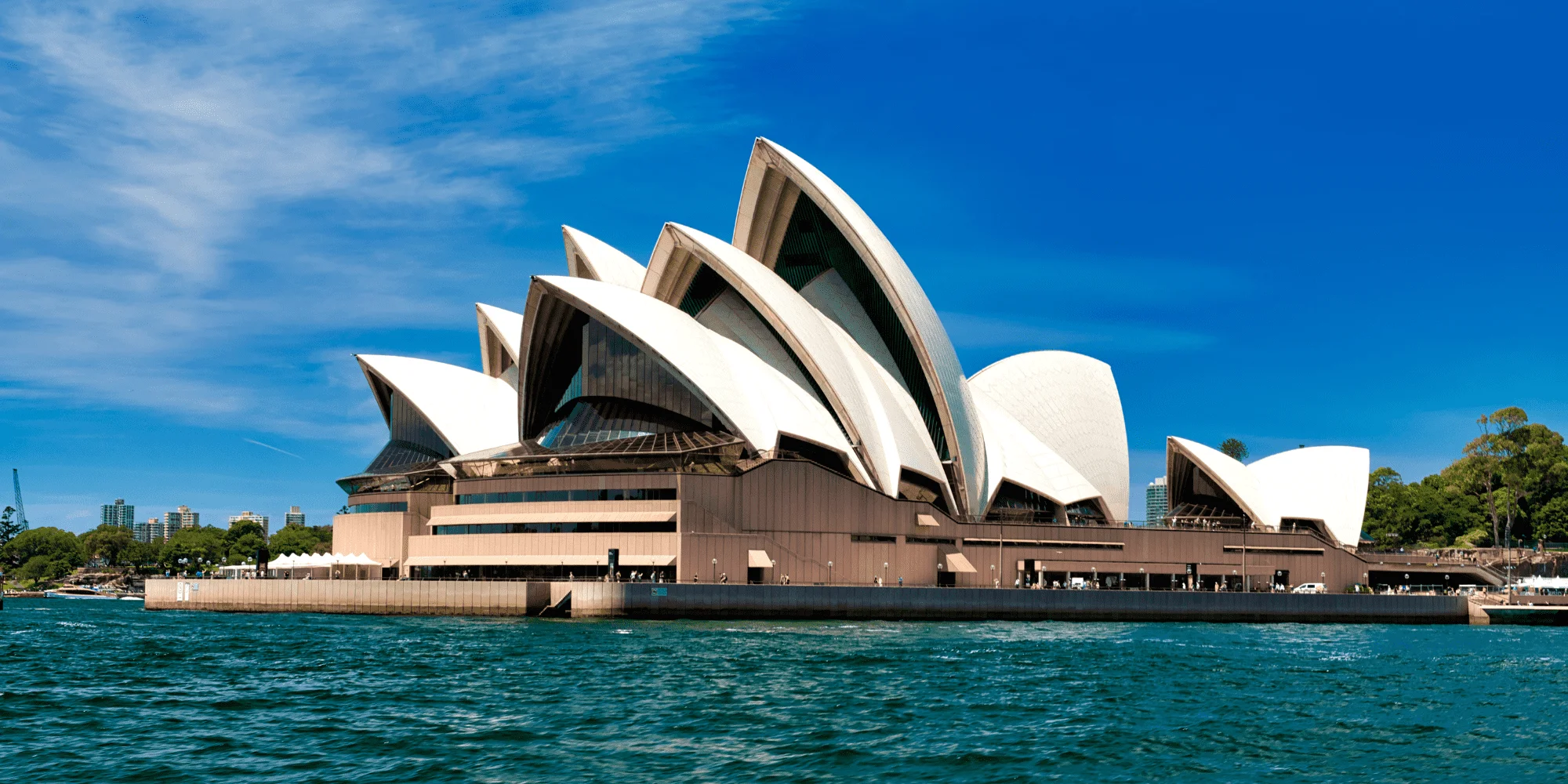

The Sydney Opera House, an iconic symbol of Australia, is renowned for its distinctive sail-like design and stunning waterfront location on Sydney Harbour. Opened in 1973, it was designed by Danish architect Jørn Utzon and has since become a UNESCO World Heritage Site. The Opera House hosts a variety of performances, including opera, ballet, theatre, and concerts, making it a vibrant cultural hub and a must-visit landmark.

Uluru, also known as Ayers Rock, is a massive sandstone monolith in the heart of Australia’s Northern Territory. It holds great spiritual significance for the Anangu Aboriginal people, the traditional custodians of the land. Uluru is renowned for its striking red color, which appears to change hues throughout the day, especially at sunrise and sunset. Visitors can explore its base, learn about its cultural significance, and experience the unique beauty of the surrounding desert landscape.

Uluru, also known as Ayers Rock, is a massive sandstone monolith in the heart of Australia’s Northern Territory. It holds great spiritual significance for the Anangu Aboriginal people, the traditional custodians of the land. Uluru is renowned for its striking red color, which appears to change hues throughout the day, especially at sunrise and sunset. Visitors can explore its base, learn about its cultural significance, and experience the unique beauty of the surrounding desert landscape.


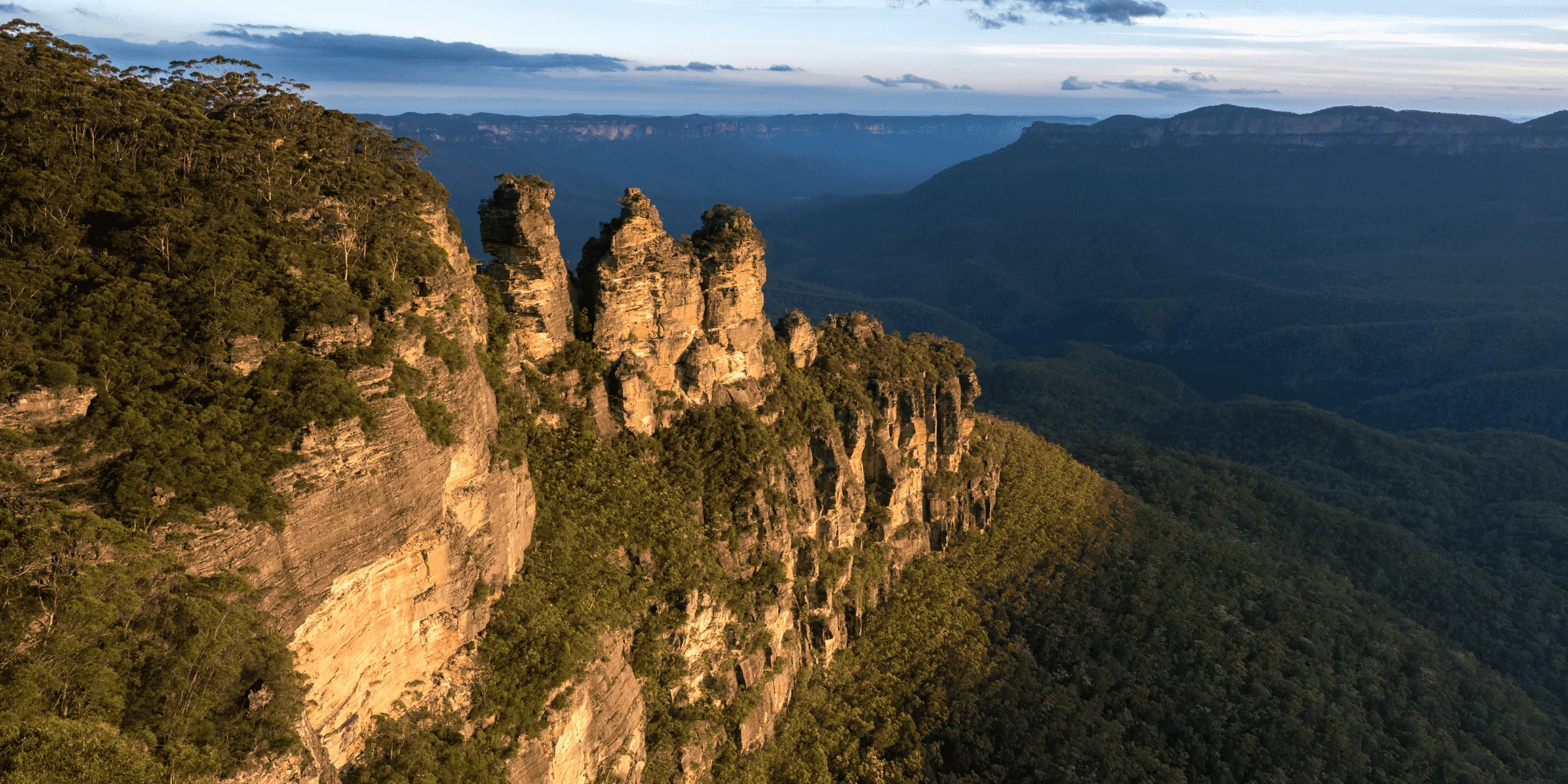
The Three Sisters is a famous rock formation in the Blue Mountains of New South Wales, Australia. This iconic landmark consists of three towering sandstone peaks, each standing distinctively alongside one another. According to Aboriginal legend, the Three Sisters are three sisters turned to stone, and their presence is both a geological wonder and a cultural symbol. Visitors can enjoy breathtaking views of the Three Sisters, marveling at their majestic beauty against the backdrop of the Blue Mountains’ lush forests and valleys.

The Three Sisters is a famous rock formation in the Blue Mountains of New South Wales, Australia. This iconic landmark consists of three towering sandstone peaks, each standing distinctively alongside one another. According to Aboriginal legend, the Three Sisters are three sisters turned to stone, and their presence is both a geological wonder and a cultural symbol. Visitors can enjoy breathtaking views of the Three Sisters, marveling at their majestic beauty against the backdrop of the Blue Mountains’ lush forests and valleys.



The Melbourne Cricket Ground (MCG), affectionately known as “The G,” is Australia’s largest and most iconic sports stadium, located in Melbourne, Victoria. The MCG has been a venue for major cricket matches, including the Ashes and the Cricket World Cup. Beyond cricket, it also hosts Australian Rules Football matches, concerts, and other major events. The stadium’s rich history and atmosphere make it a must-visit for sports enthusiasts and visitors to Melbourne alike.

The Melbourne Cricket Ground (MCG), affectionately known as “The G,” is Australia’s largest and most iconic sports stadium, located in Melbourne, Victoria. The MCG has been a venue for major cricket matches, including the Ashes and the Cricket World Cup. Beyond cricket, it also hosts Australian Rules Football matches, concerts, and other major events. The stadium’s rich history and atmosphere make it a must-visit for sports enthusiasts and visitors to Melbourne alike.
The kangaroo, an iconic symbol of Australia, is a marsupial known for its powerful hind legs, large feet, and distinctive hopping movement. Native to Australia, kangaroos are found in various habitats across the country and are often spotted by visitors in national parks, open grasslands, and wildlife reserves. Observing these unique creatures in their natural environment is a highlight of many Australian wildlife experiences.
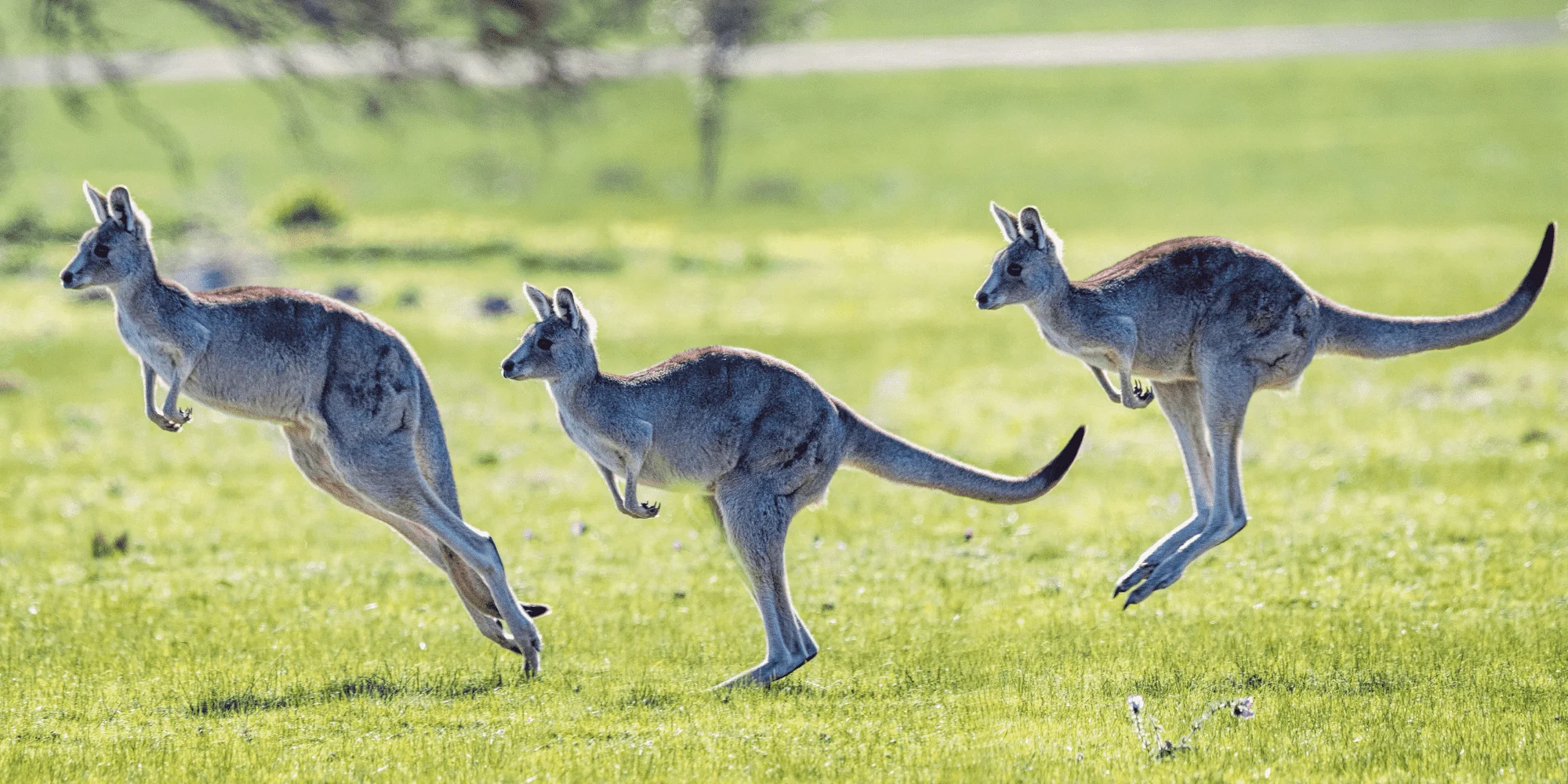

The kangaroo, an iconic symbol of Australia, is a marsupial known for its powerful hind legs, large feet, and distinctive hopping movement. Native to Australia, kangaroos are found in various habitats across the country and are often spotted by visitors in national parks, open grasslands, and wildlife reserves. Observing these unique creatures in their natural environment is a highlight of many Australian wildlife experiences.
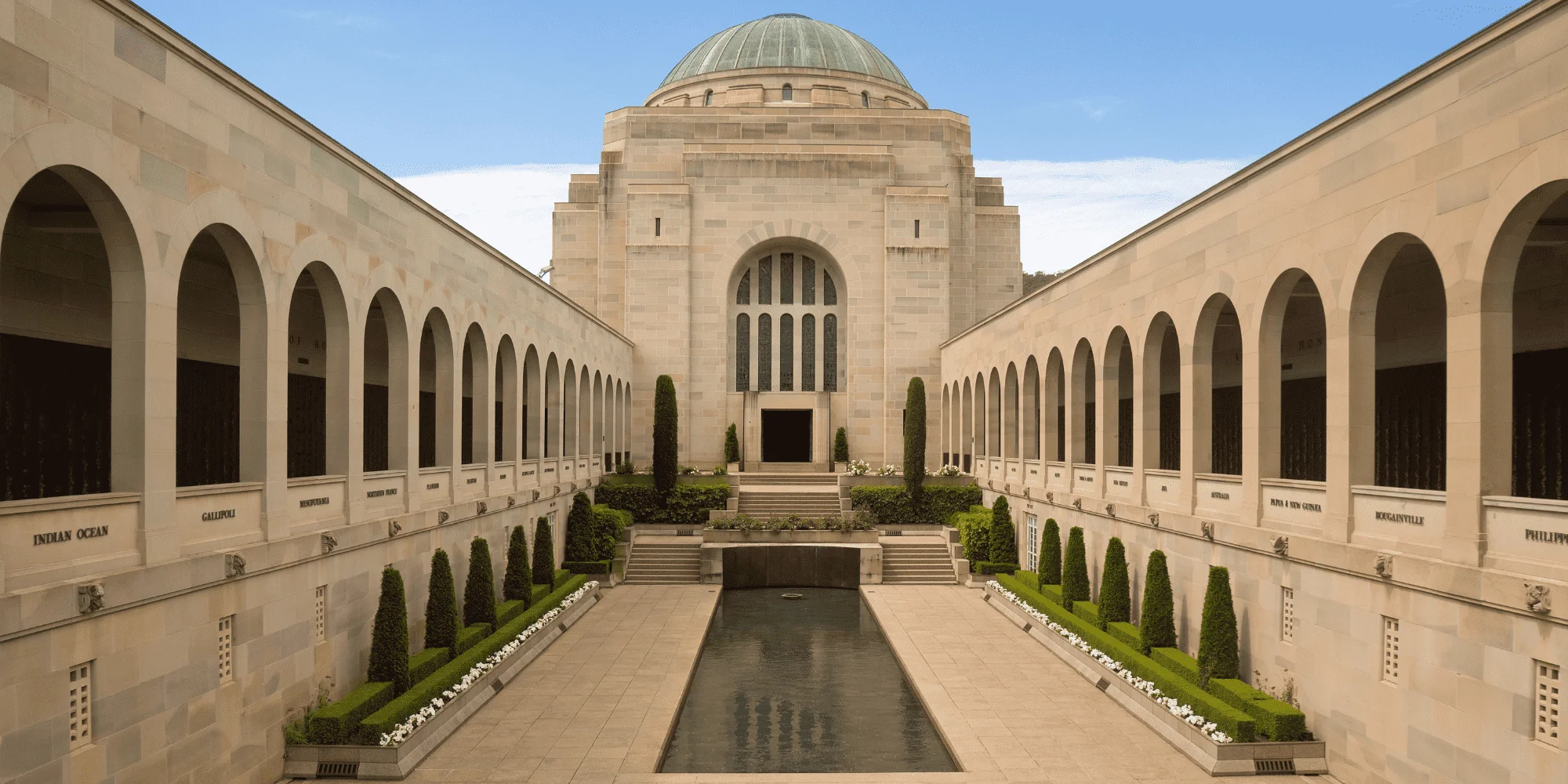
The Australian War Memorial, located in Canberra, serves as a poignant tribute to the nation’s military history . Established in 1941, it commemorates Australian soldiers who have served in wars, conflicts, and peacekeeping missions. The memorial includes extensive galleries that feature artifacts, documents, and personal stories, offering a comprehensive reflection on Australia’s military involvement. It stands as a solemn reminder of bravery, remembrance, and national pride.

The Australian War Memorial, located in Canberra, serves as a poignant tribute to the nation’s military history . Established in 1941, it commemorates Australian soldiers who have served in wars, conflicts, and peacekeeping missions. The memorial includes extensive galleries that feature artifacts, documents, and personal stories, offering a comprehensive reflection on Australia’s military involvement. It stands as a solemn reminder of bravery, remembrance, and national pride.
The Australian Parliament House, located in Canberra, was designed by architect Romaldo Giurgola and opened in 1988. It stands as a symbol of Australian democracy and unity. The building’s design is striking, featuring a grass-topped roof that blends with the surrounding landscape. Visitors can explore the Parliament House on guided tours to learn about Australia’s political history, view parliamentary proceedings, and appreciate the significant artworks and architecture within its halls.


The Australian Parliament House, located in Canberra, was designed by architect Romaldo Giurgola and opened in 1988. It stands as a symbol of Australian democracy and unity. The building’s design is striking, featuring a grass-topped roof that blends with the surrounding landscape. Visitors can explore the Parliament House on guided tours to learn about Australia’s political history, view parliamentary proceedings, and appreciate the significant artworks and architecture within its halls.
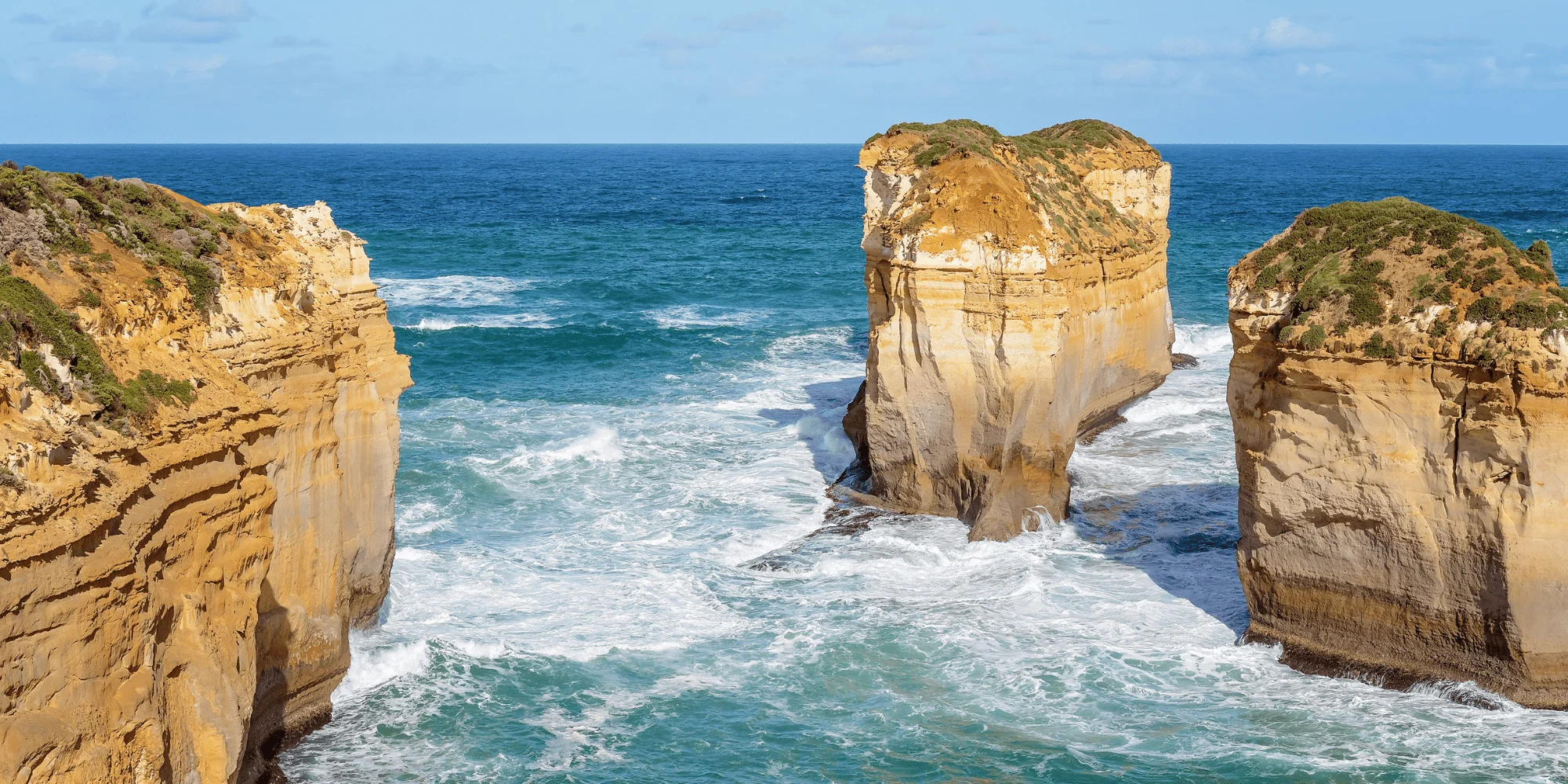
Port Campbell National Park, located along the scenic Great Ocean Road in Victoria, Australia, is renowned for its dramatic coastal landscapes and iconic rock formations. One of its most famous attractions is the Twelve Apostles, a collection of limestone stacks rising majestically from the Southern Ocean. Visitors to Port Campbell National Park can also explore other notable landmarks such as Loch Ard Gorge and London Arch, immersing themselves in the park’s rich natural beauty and geological history.

Port Campbell National Park, located along the scenic Great Ocean Road in Victoria, Australia, is renowned for its dramatic coastal landscapes and iconic rock formations. One of its most famous attractions is the Twelve Apostles, a collection of limestone stacks rising majestically from the Southern Ocean. Visitors to Port Campbell National Park can also explore other notable landmarks such as Loch Ard Gorge and London Arch, immersing themselves in the park’s rich natural beauty and geological history.



